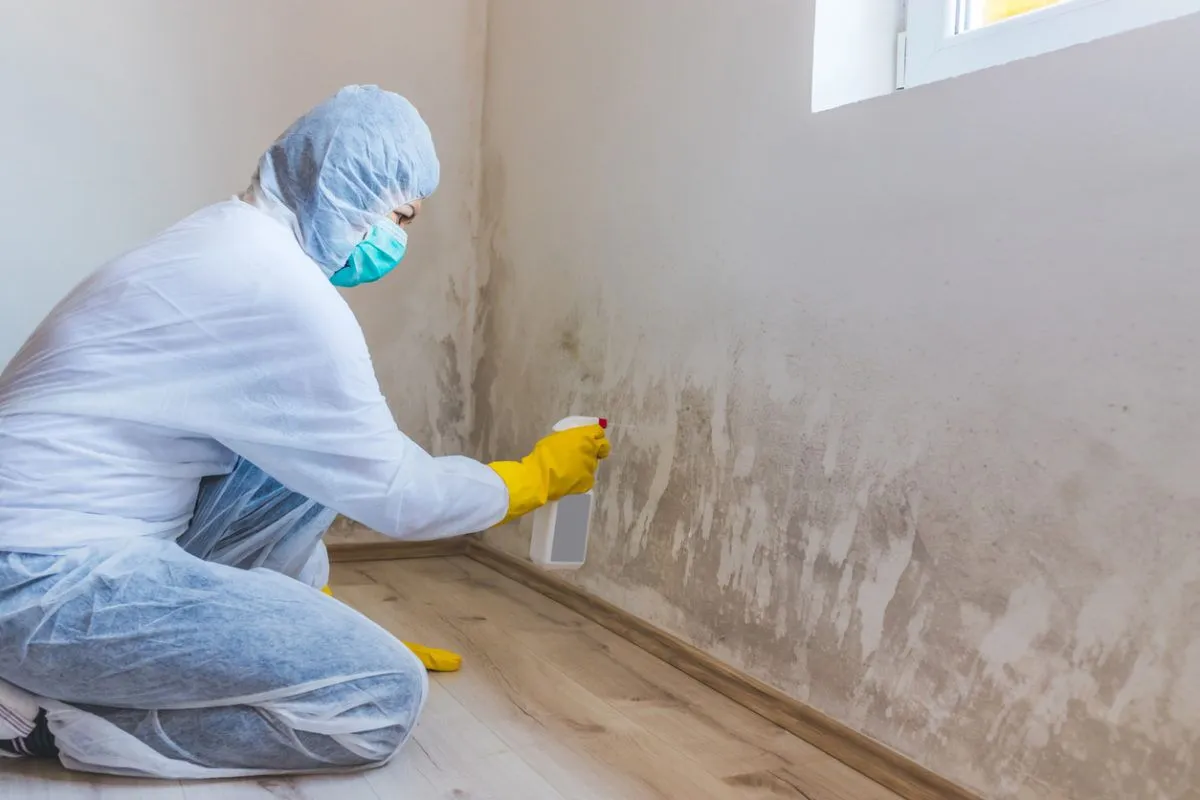Mold contamination can have serious implications for your health and your family members. A health report shows mold can cause red eyes, allergic reactions, skin rash, and a runny nose. Those with weak immune systems, children, seniors, and those with chronic illnesses are at a high risk of mold complications. Throughout the nation and here in Tampa, mold remediation is essential. If you find mold in your home, you should remove it and prevent further growth. Here is a guide to mold remediation and measures to ensure mold does not return to your home.
HOW DOES MOLD LOOK LIKE?
Knowing what mold looks like is the first step toward discovering what to do when you find mold in your home. Mold can appear in spots with different colors and be smelly and musty. It mostly appears in places with a lot of moisture and may sometimes be challenging to know when there is mold in your home.
HOW TO REMOVE MOLD FROM YOUR HOME
LOCATE THE MOLD IN YOUR HOME
The first step to mold remediation is identifying all areas with mold in your home. Look for discoloration spots, especially in high moisture areas. The easiest way to identify mold is by using mold-testing kits. However, it is worth noting that these kits are not always accurate, and you may get incorrect and misleading results. You can get accurate results if you let a professional test the mold for you because they have the right tools and expertise.
IDENTIFY THE CAUSE OF THE MOLD
Knowing what causes mold growth in your house will help you take measures after cleaning and avoid having similar experiences in the future. For instance, if there are leaky roofs and pipes, ensure they get fixed after removing the mold. This can reduce the humidity levels and discourage the growth of mold in the home in the future. You do not want mold to return after barely a few days or weeks of cleaning.
REMOVE MOLDY MATERIALS
Many items in your home, such as carpets, cardboards, drywall, wallpaper, and insulation materials, commonly support mold growth and accumulation. It is important to remove these materials and place them outside before you do anything else. Removing the materials will make your work easier.
CLEAN THE AFFECTED AREAS
According to the Centers for Disease Control and Prevention (CDC), bleach and other cleaning products can remove mold from surfaces. Without the right tools and cleaning supplies, you may get frustrated at the end of your cleaning if you do not apply the appropriate measures. Here is a guide to cleaning the mold.
- Get a bleaching agent and soap
- Open windows and doors before you start cleaning
- Wear protective goggles, boots, and rubber gloves
- Clean the affected areas using soap, water, and bleach
- Clean all the affected materials before bringing them back into the house
- Seal all leaking areas to prevent mold from growing again
- Keep humidity levels lower in your home
Avoid mixing bleach with other cleaning products because it will produce poisonous gas that may cause health complications. Follow the manufacturer’s instructions on using bleach and other cleaning supplies. You should be careful to avoid spreading mold in other parts of the mold when removing it because it can quickly spread and grow in other areas.
HIRE A PROFESSIONAL FOR MOLD REMEDIATION
Knowing what to do when you find mold in your home can help keep your home free from mold. Don’t try to handle the mold situation in your home. If you are looking for mold remediation in Tampa, Lighting Restoration is here for you. Contact us, and let s help clean the mold in your home.

